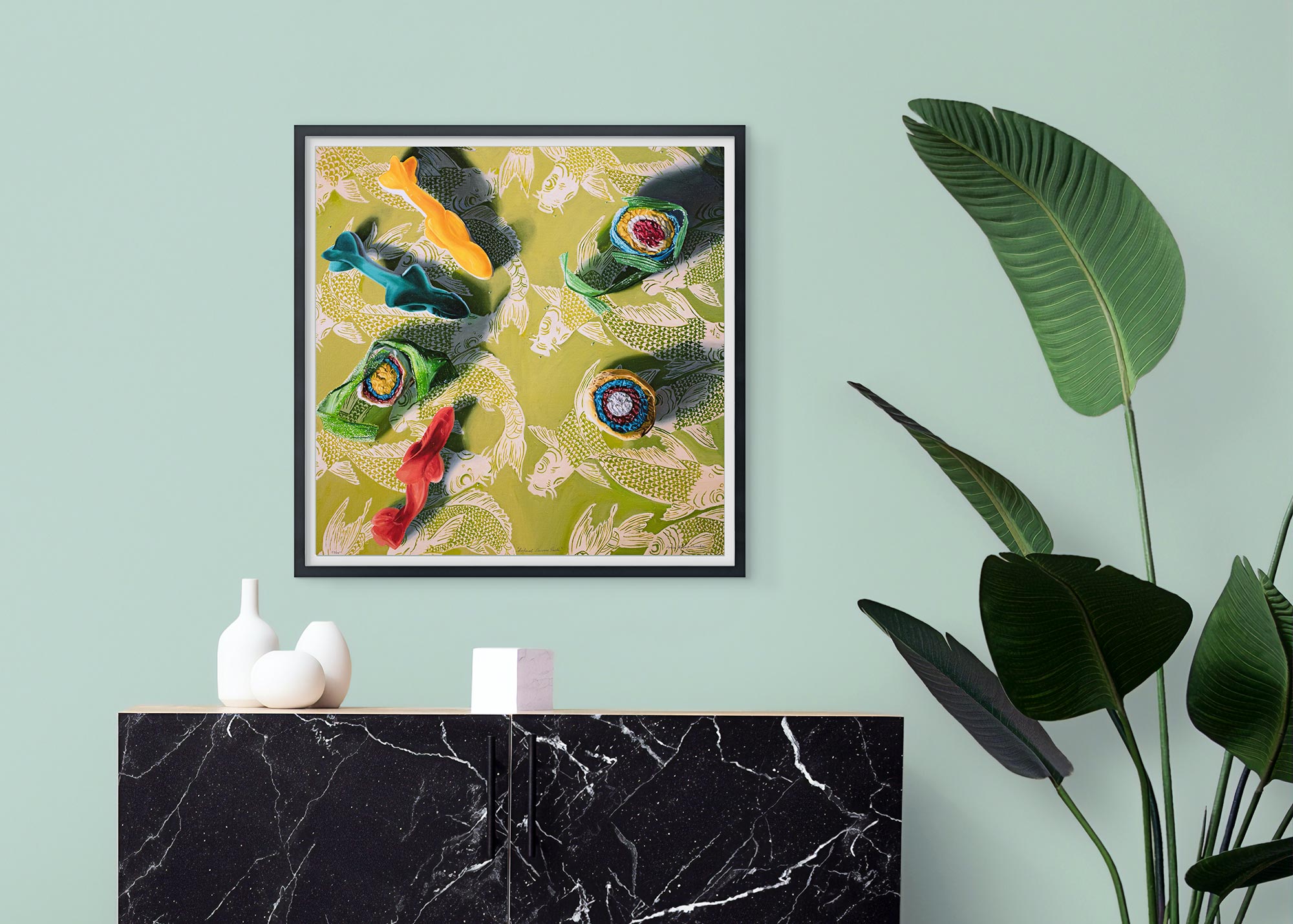Abstraction:
Abstract art is art that does not attempt to represent an accurate depiction of a visual reality but instead use shapes, colors, forms and gestural marks to achieve its effect.
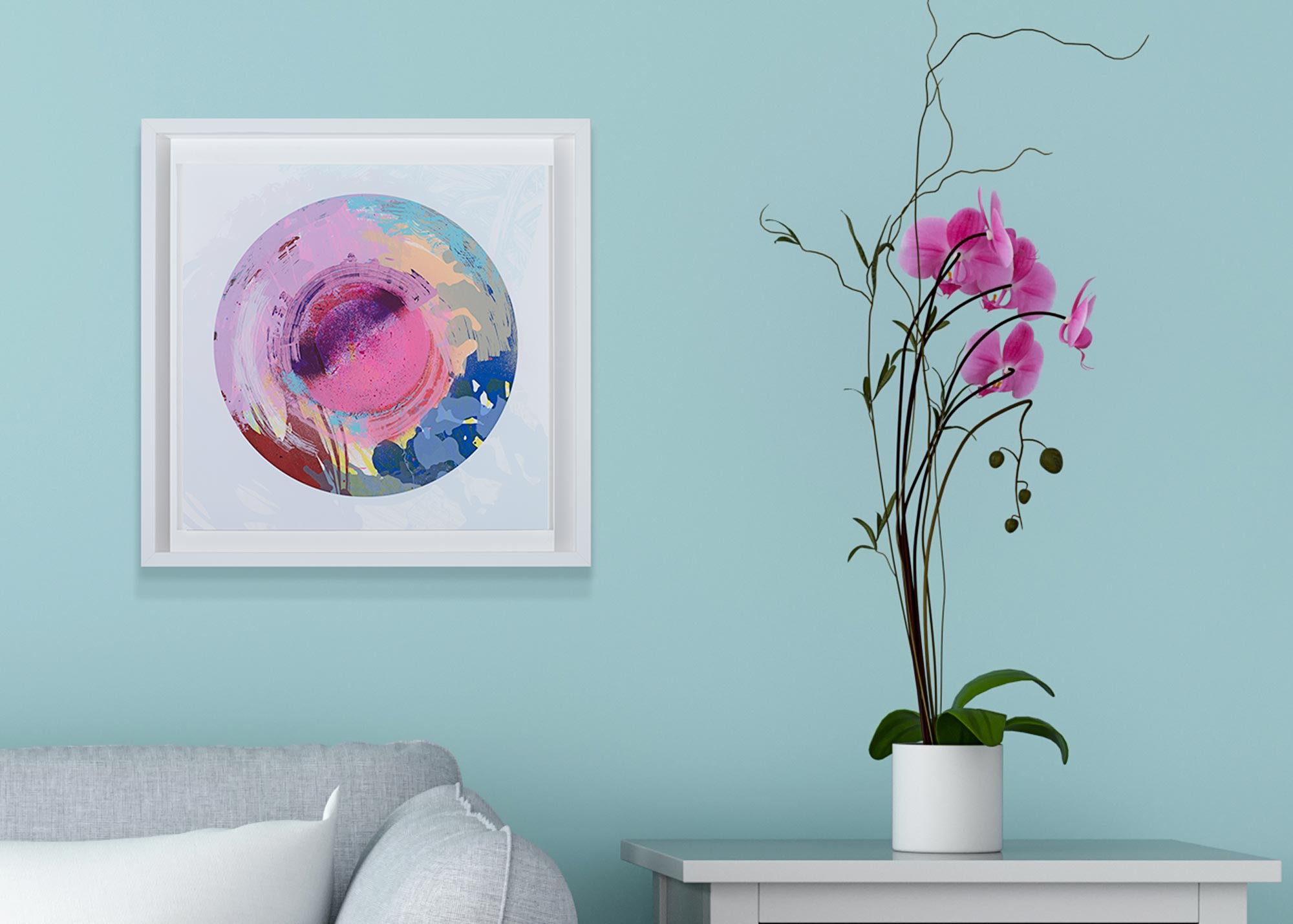
Archival Pigment Print:
Museum-quality prints that use refined particles of pigment to create beautiful, high-resolution finished artwork. These can include both prints of original, digitally composed artworks as well as reproductions of traditionally created artworks like paintings.

Composition:
Composition is the arrangement of elements within a work of art.
Contemporary Art:
The term contemporary art is loosely used to refer to art of the present day and of the relatively recent past, often of an innovative or avant-garde nature.
Figuration:
Figurative paintings typically include depictions of people in informal situations, with no special emphasis on the face.
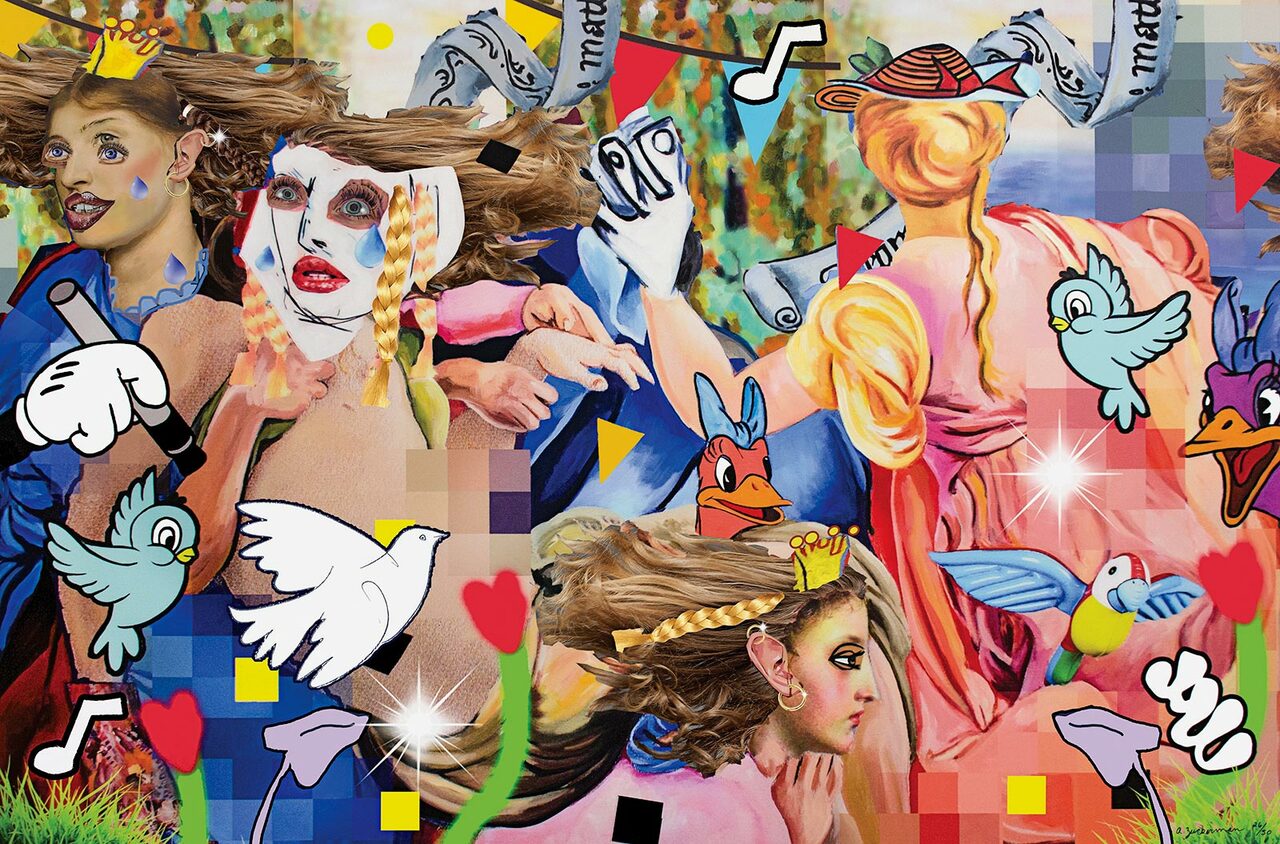
Fine Art Print:
Generally, printed material produced by an artist printmaker or an artist in collaboration with a skilled professional printer. Fine art prints may be produced in multiples called editions and are not usually intended for mass consumption, as in commercial printing. Fine art prints are typically produced in editions of fewer than one hundred impressions.
Landscape:
The genre of art representing natural scenes, such as the countryside.
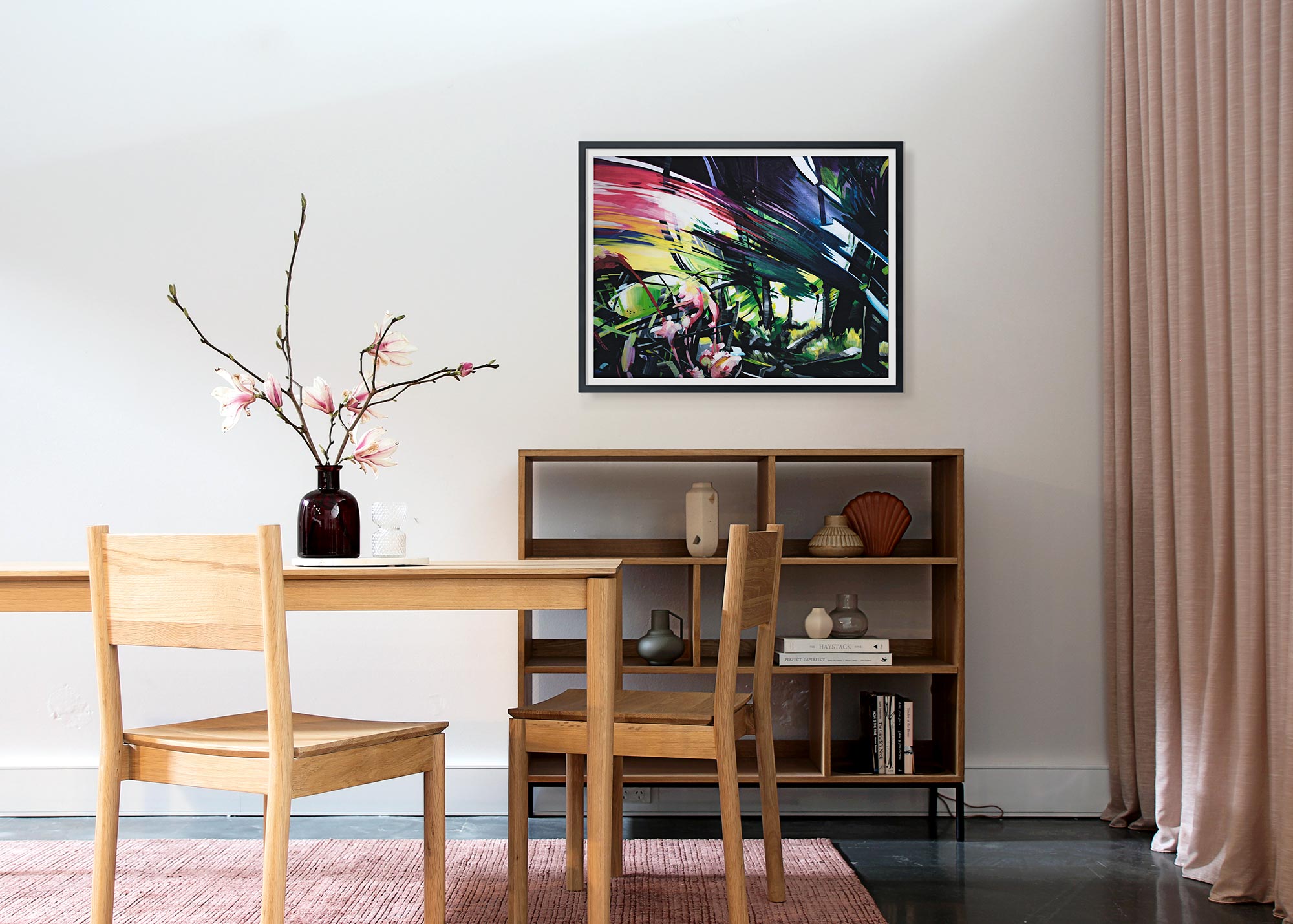
Edition:
The total number of signed and designated copies or impressions of an image. An edition is commonly indicated on a work by stating the impression number over the total edition size; for example: 5/50
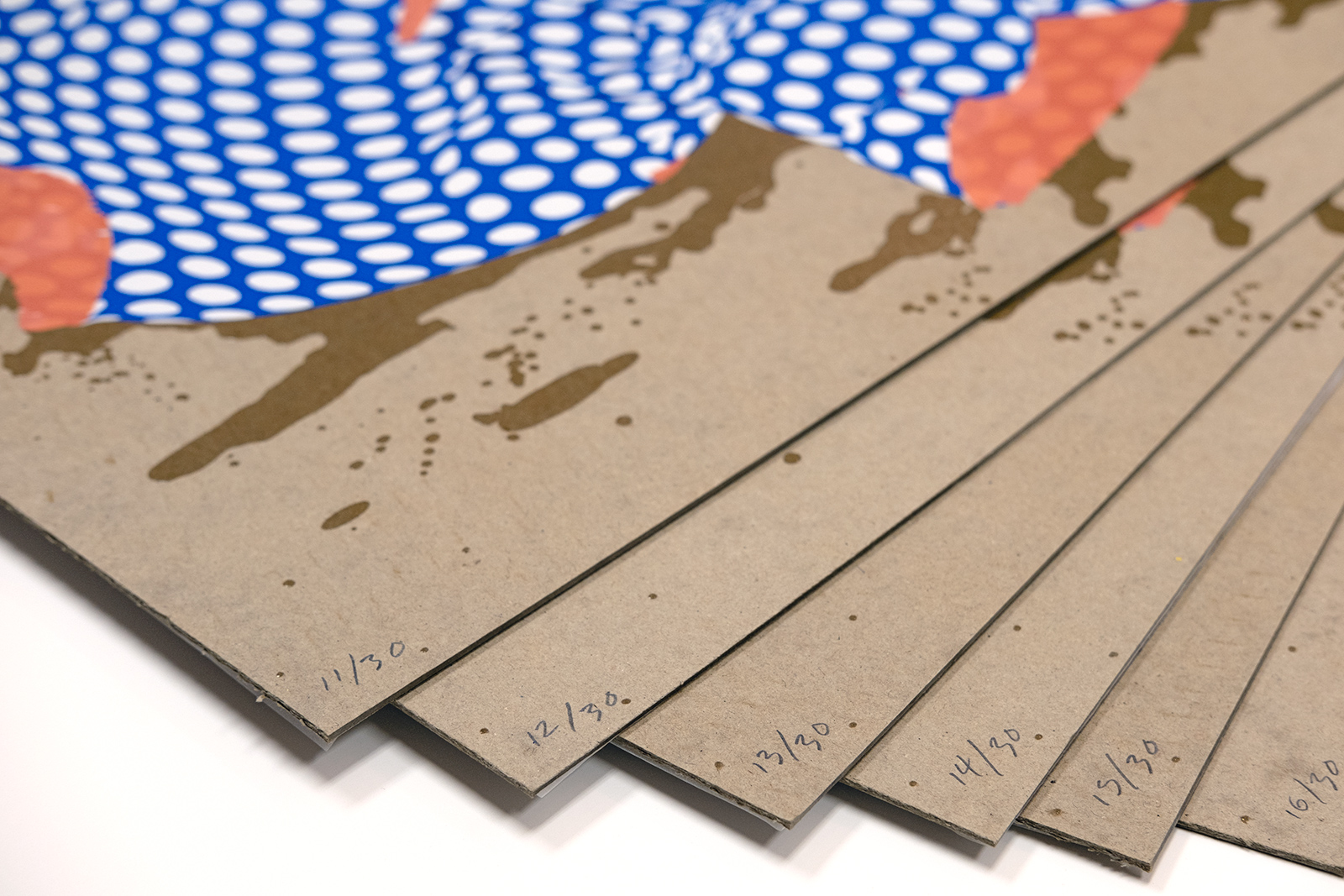
Master Printer:
Specialized technicians who hand-print editions of an artist’s or printmaker’s print-based artwork. Master printmakers often own and/or operate their own printmaking studio or print shop. Business activities of a Master print shop may include: publishing and printing services, educational workshops or classes, mentorship of artists, and artist residencies.
Modernism:
A global art historical movement in society and culture that from the early decades of the twentieth century sought a new alignment with the experience and values of modern industrial life. Building on late nineteenth-century precedents, modern artists around the world used new imagery, materials and techniques to create artworks that they felt better reflected the realities and hopes of modern societies.
Print Publisher:
Print publishers who primarily market limited edition prints generally sell to galleries, direct to collectors, some wholesalers and interior designers. The average customer base of open edition/poster publishers consists of big box retailers, smaller chain stores, independent galleries, contract interior designers and international markets.
Screenprint:
A replicable stenciling process that has evolved to print images in high fidelity, with multiple layers, and on a wide variety of surfaces, including paper, metal, glass, wood, and three-dimensional objects. The process involves applying a stencil to a durable mesh stretched over a frame and forcing ink through the open areas of the stencil to the substrate below. Hand-applied and photographically generated stencils can be used. Screenprints are also commonly referred to as silkscreens and serigraphs.
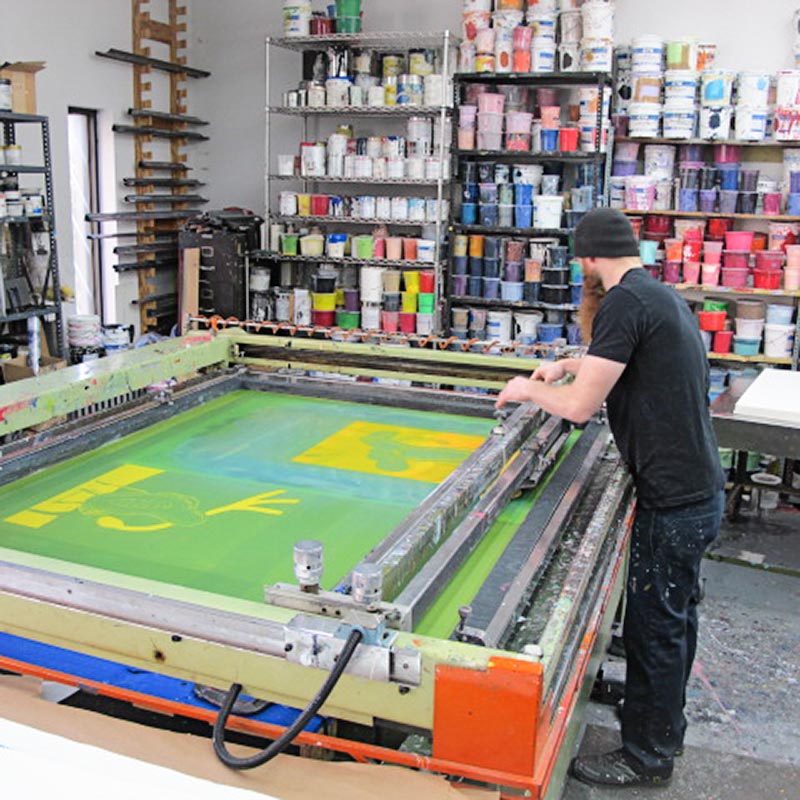
Still Life:
One of the principal genres of Western art – the subject matter of still life artwork is anything that does not move, such as an arrangement of fruit. Featured items are given special consideration through the use of color, line, and shape.
